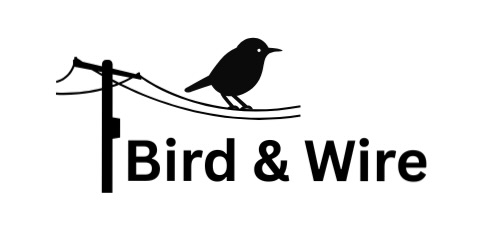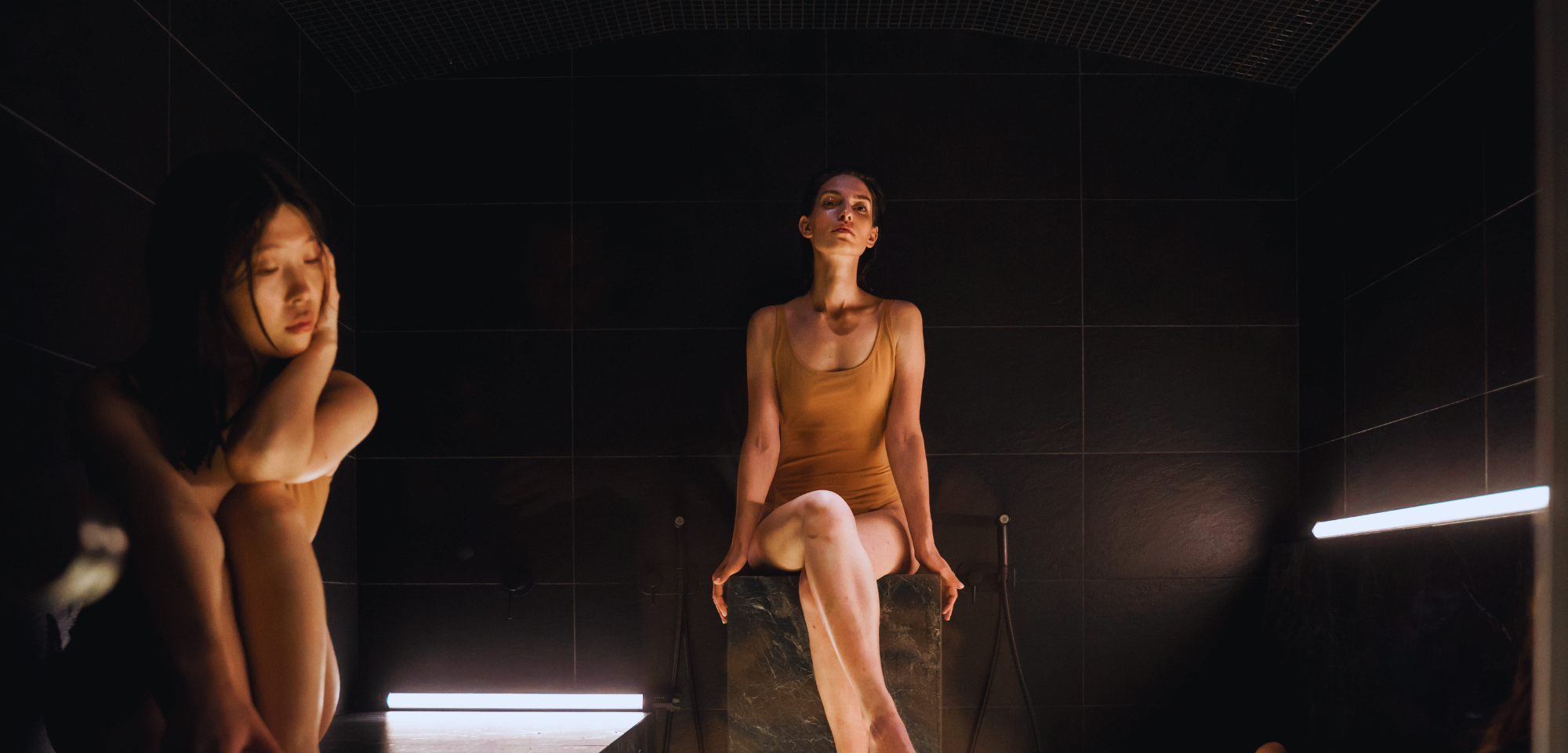Right now, I am feeling uninspired. I am content with life, generally satisfied with decay, but bored in my head. I pick up the guitar to smash out a song, but nothing seems to work. Creativity eludes me no matter how long I stare into an empty white space. The words don’t come, and I cannot connect my head and fingers to an emotion. I need something or someone to ignite my passion and throw my emotions into a tumble dryer. In moments like these, the age-old concept of the muse comes to mind—a mystical and captivating figure that has, for centuries, ignited the flames of creativity in the souls of artists.
Before invoking the disdain of political correctness advocates, let me declare that I am not looking for a muse. I am merely writing about the stereotypical concept of a muse. It is also clear to me that a muse is not gender-specific and that, in modern times, the idea of a muse has evolved and now may encompass anything or anyone that sparks the imagination of creative souls. It can be a person, a place, an idea, an emotion, or an experience that becomes the invisible force guiding the artist’s hands and thoughts, fuelling the creative process that transforms itself into timeless art. I am, however, not going to write about how the look in my cat’s eyes inspired me to write a beautiful poem about unquestioning loyalty or how the morning sun inspired me to paint a daffodil in a green field of hope. I am more captivated by how the intensity of love, almost bordering on obsession, leads to writing songs that inspire a generation.
Traditionally, the muse is an ethereal and captivating figure who inspires creative people through their beauty, mystery, and emotional intensity. They act as a conduit for creative genius, a catalyst for timeless works of art. At the heart of the muse-artist relationship lies a profound connection that goes beyond the ordinary, elevating our work to new heights. In the traditional sense, the muse is more than just a spark of inspiration; they embody emotional intensity. A dance of emotions—admiration, longing, and unrequited love—fuels the artistic process, turning it into a symphony of passion and creativity. After all, nothing inspires the human soul more than the intensity of emotions and passionate love.
Criteria for a Muse
In the tapestry of artistic history, we find echoes of iconic relationships that epitomize the intensity of the muse-artist dynamic. Think of Picasso and Dora Maar, Fitzgerald and Zelda, Keats and Fanny Brawne—legendary pairs waltzing through the realms of love and art, leaving behind masterpieces that bear the indelible mark of their profound connections.
Now, you don’t have to be a creative genius to find inspiration from a muse. No matter how talented, anyone with a suburban creative bent can find inspiration through a muse. So, here is an inexhaustive list of what is necessary for a relationship where one inspires creativity in the other.
Spark
First and foremost, the muse’s presence, energy, or essence must be a spark that ignites the artist’s creative flame, leading to the birth of new ideas and expressions. That mysterious and captivating quality draws the artists in, compelling them to explore uncharted territories of their creativity.
Emotional Intensity
The muse must bring emotional depth to the muse-artist relationship. The muse becomes a vessel for the artist’s emotions, a wellspring of inspiration flowing from shared experiences, longings, and intense feelings. In the dance of creation, the muse’s sacrifice becomes an integral part of the romantic narrative—a willingness to endure for the sake of the artist’s vision. Their suffering becomes part of the romantic narrative.
Conflict and Resolution:
The muse must be mysterious to the artist, leading to conflict and tension. They may bring unique perspectives, broadening and challenging creative horizons and leading to innovative, thought-provoking works. These unique perspectives can sometimes contribute to tumultuous relationships, which provide rich material for artistic exploration, with conflicts and resolutions adding depth to the narrative.
Beauty
Physical beauty, grace, and allure add layers of aesthetic fascination to the muse. The idealized form of the muse, whether ethereal or sensual, becomes a canvas for the artists to capture perfection in their creations. In this traditional sense, the muse is not just a source of inspiration but a living, breathing embodiment of the artist’s ideals.
Partnership
The muse’s role goes beyond mere inspiration; they become a partner in the artist’s journey, contributing to personal growth and exploration. The relationship with a muse is a motivational force, pushing creatives to exceed their creative boundaries and strive for excellence. They provide a focus and direction, a guiding light in the labyrinth of artistic expression.
As we explore the stories of these legendary artist-muse duos, we witness the transformative power of creative connections. In its traditional sense, the muse becomes the catalyst for unlocking our full potential, guiding the artists through the tumultuous yet exhilarating dance of emotion and inspiration. In the arms of the muse, artists find inspiration and a profound connection that transcends time, leaving an everlasting imprint on their creative pursuits. So, have you found your muse?

